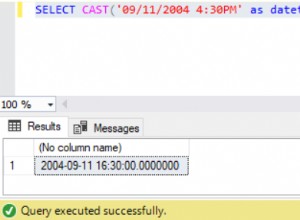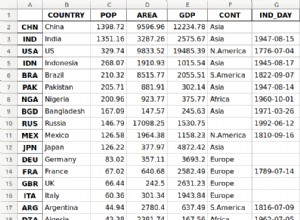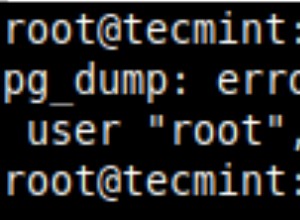A resposta curta é não, não há um fácil maneira de fazer isso. No entanto, encontrei uma solução que funciona. Basicamente, você precisa implementar um dialeto personalizado. Aqui está uma implementação (observe a fonte original da implementação nos comentários).
package com.my.custom;
import java.util.Properties;
import org.hibernate.dialect.Dialect;
import org.hibernate.dialect.PostgreSQLDialect;
import org.hibernate.id.PersistentIdentifierGenerator;
import org.hibernate.id.SequenceGenerator;
import org.hibernate.type.Type;
/**
* Creates a sequence per table instead of the default behavior of one sequence.
*
* From <a href='http://www.hibernate.org/296.html'>http://www.hibernate.org/296.html</a>
* @author Burt
*/
public class TableNameSequencePostgresDialect extends PostgreSQLDialect {
/**
* Get the native identifier generator class.
* @return TableNameSequenceGenerator.
*/
@Override
public Class<?> getNativeIdentifierGeneratorClass() {
return TableNameSequenceGenerator.class;
}
/**
* Creates a sequence per table instead of the default behavior of one sequence.
*/
public static class TableNameSequenceGenerator
extends SequenceGenerator {
/**
* {@inheritDoc}
* If the parameters do not contain a {@link SequenceGenerator#SEQUENCE} name, we
* assign one based on the table name.
*/
@Override
public void configure(
final Type type,
final Properties params,
final Dialect dialect) {
if (params.getProperty(SEQUENCE) == null
|| params.getProperty(SEQUENCE).length() == 0) {
String tableName = params.getProperty(PersistentIdentifierGenerator.TABLE);
if (tableName != null) {
params.setProperty(SEQUENCE, "seq_" + tableName);
}
}
super.configure(type, params, dialect);
}
}
}
A implementação acima deve ser armazenada como
TableNameSequencePostgresDialect.java em src/java/com/my/custom dentro do seu projeto Grails. Em seguida, atualize seu
DataSource.groovy para usar esse novo dialeto personalizado. dialect = com.my.custom.TableNameSequencePostgresDialect
Isso é muito sobre isso. Não fácil Mas isto pode ser feito.




